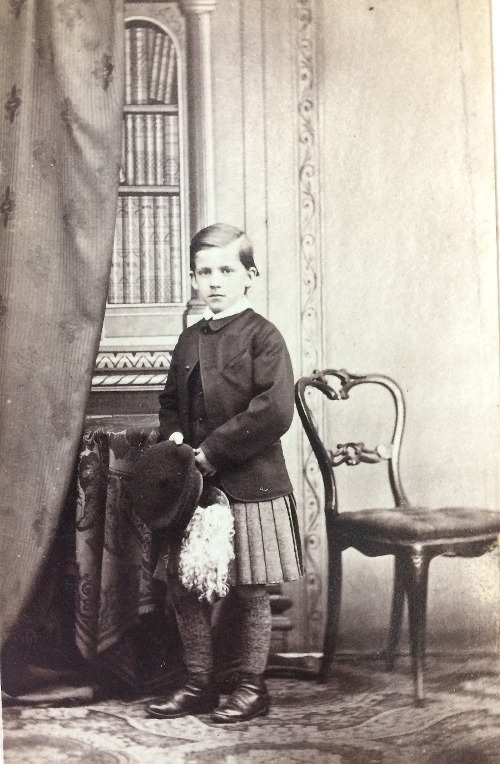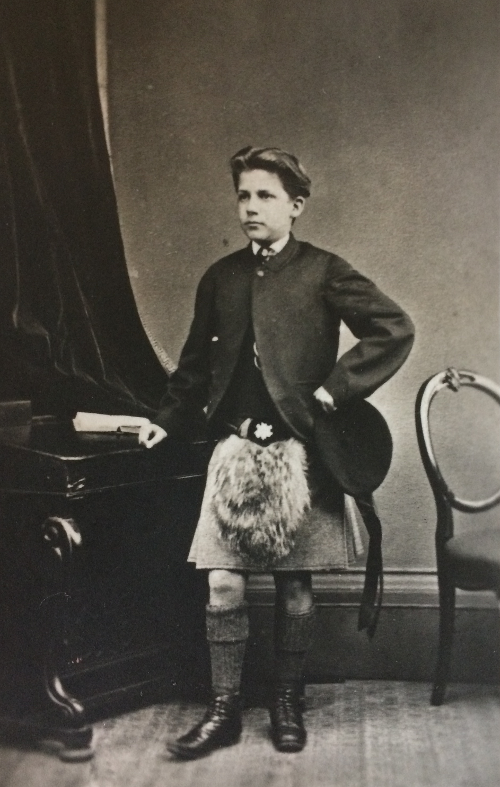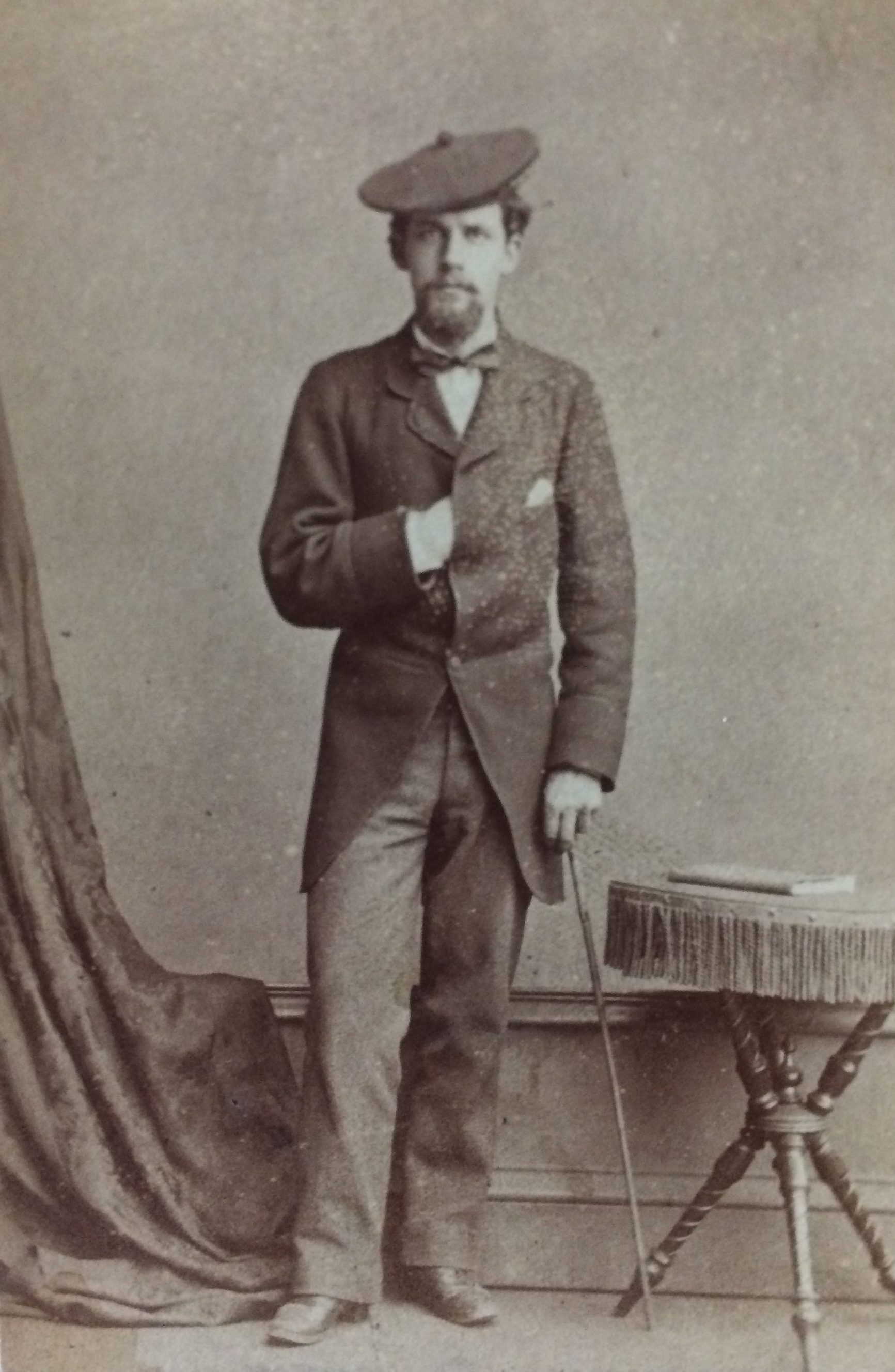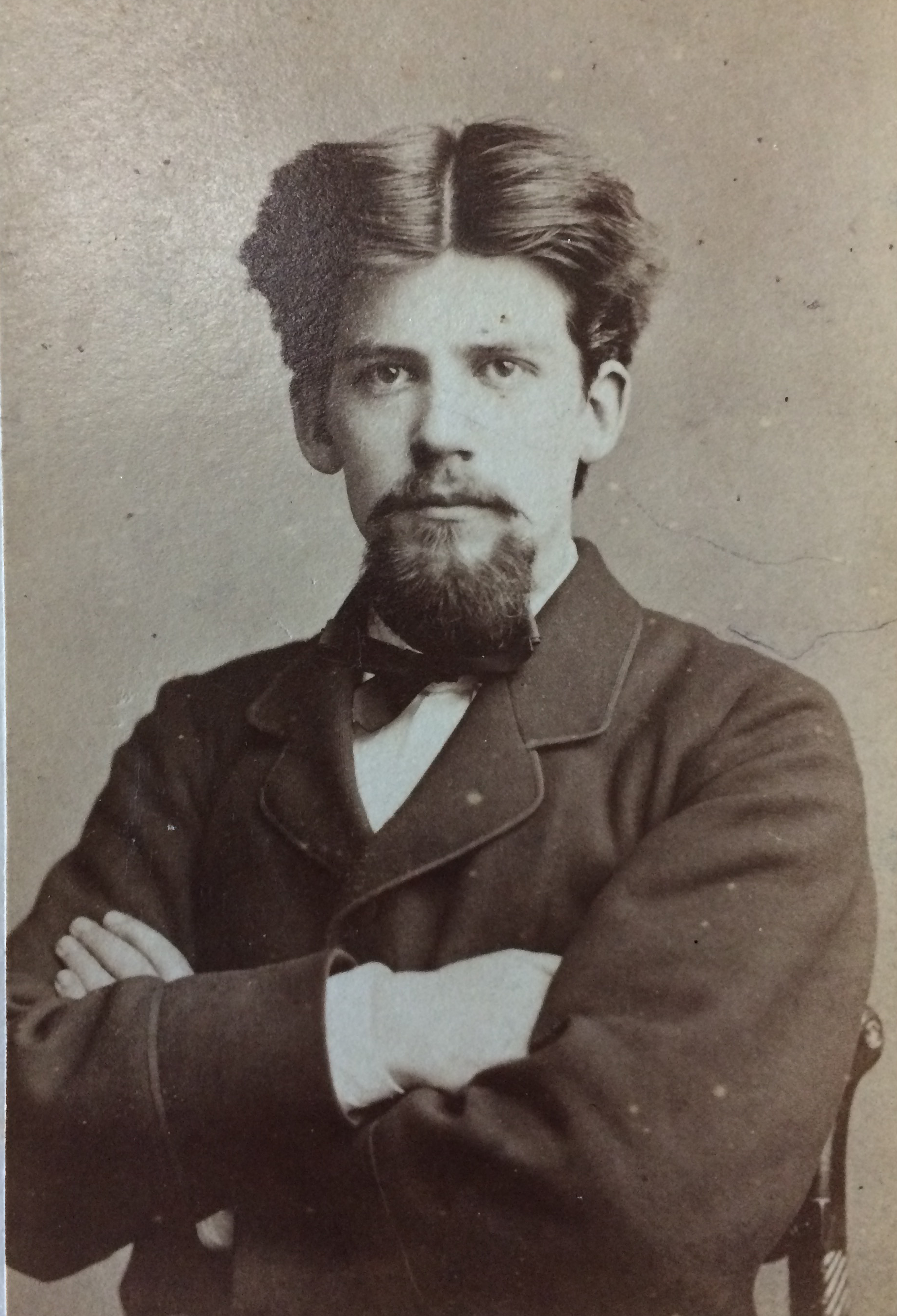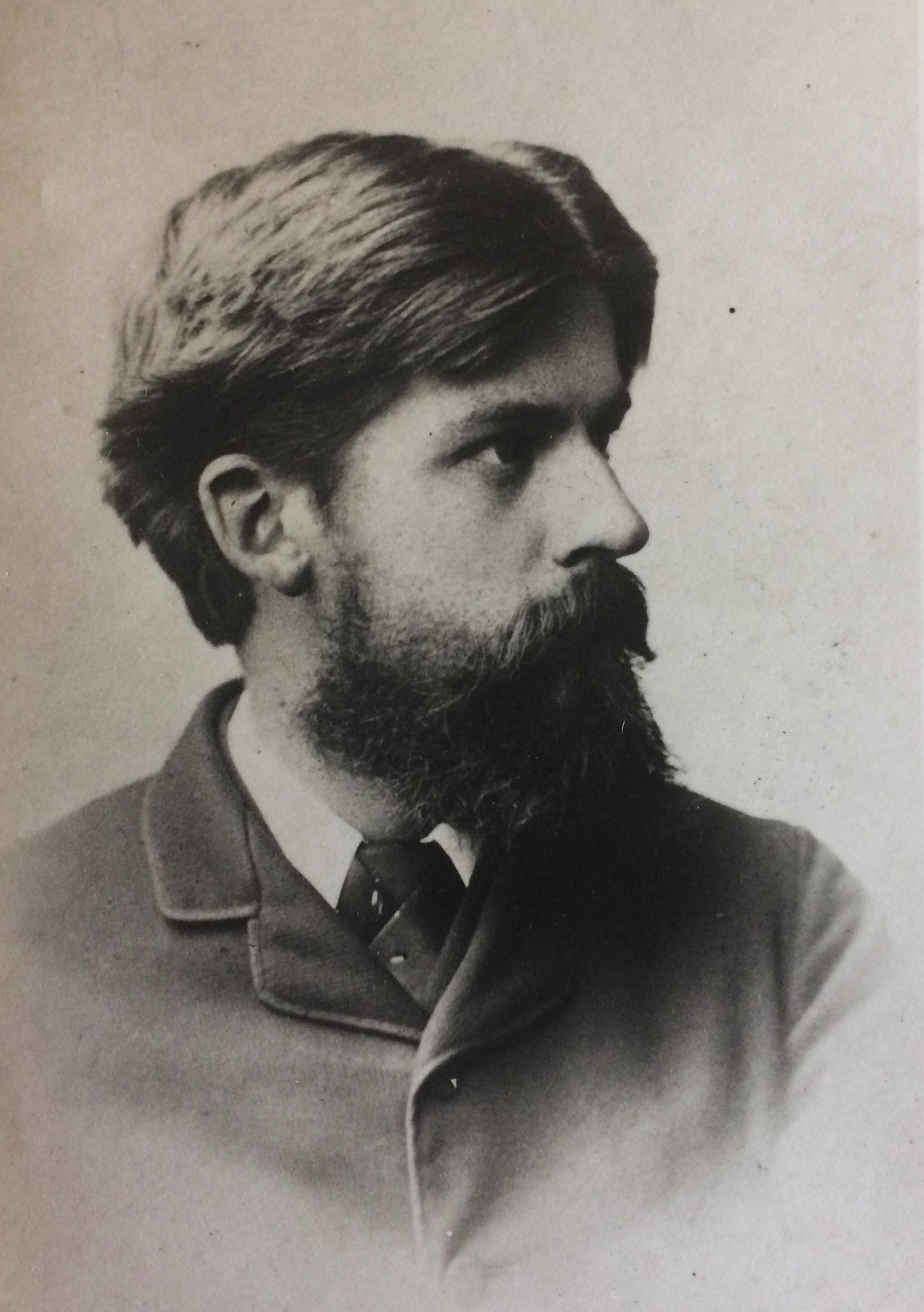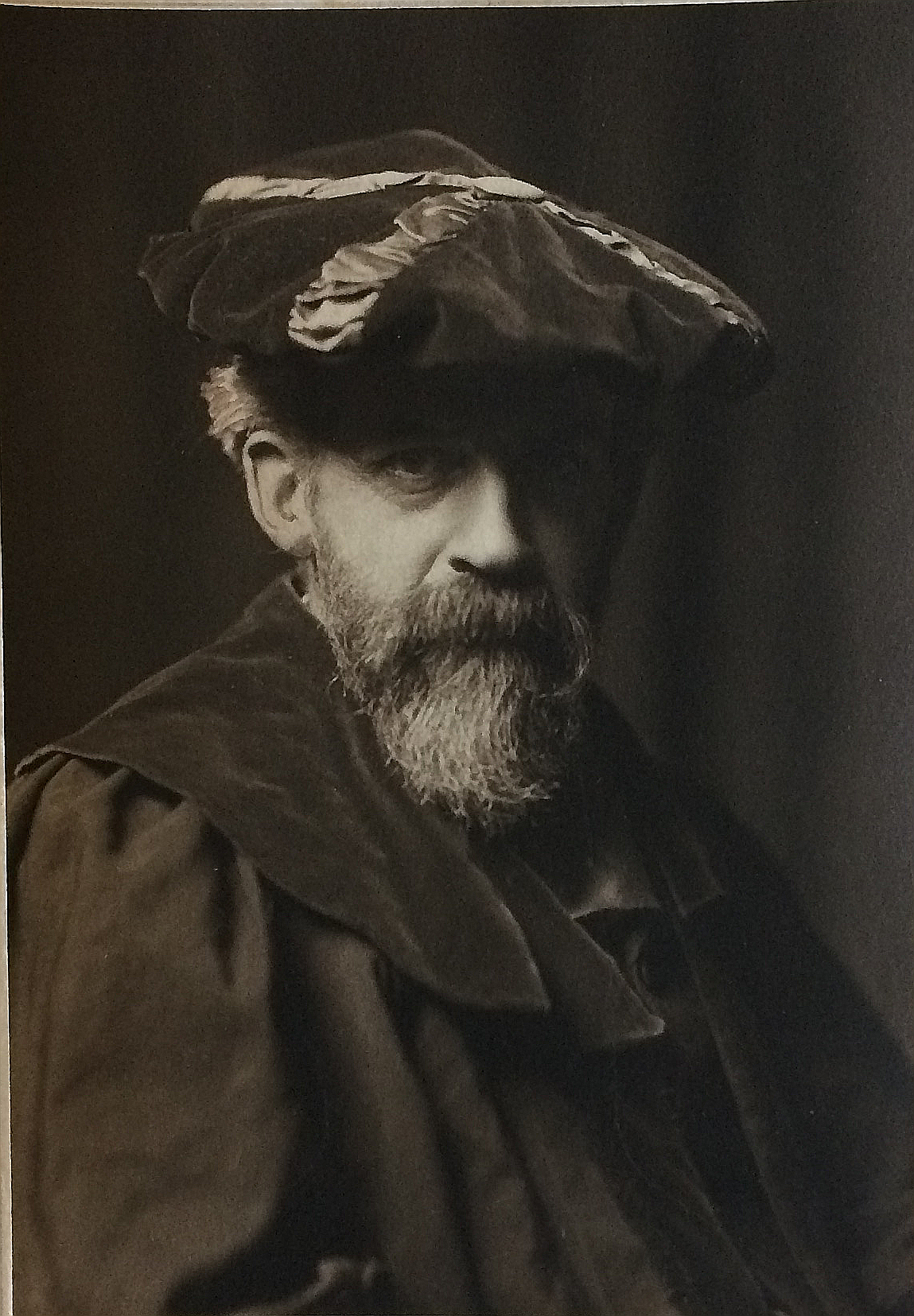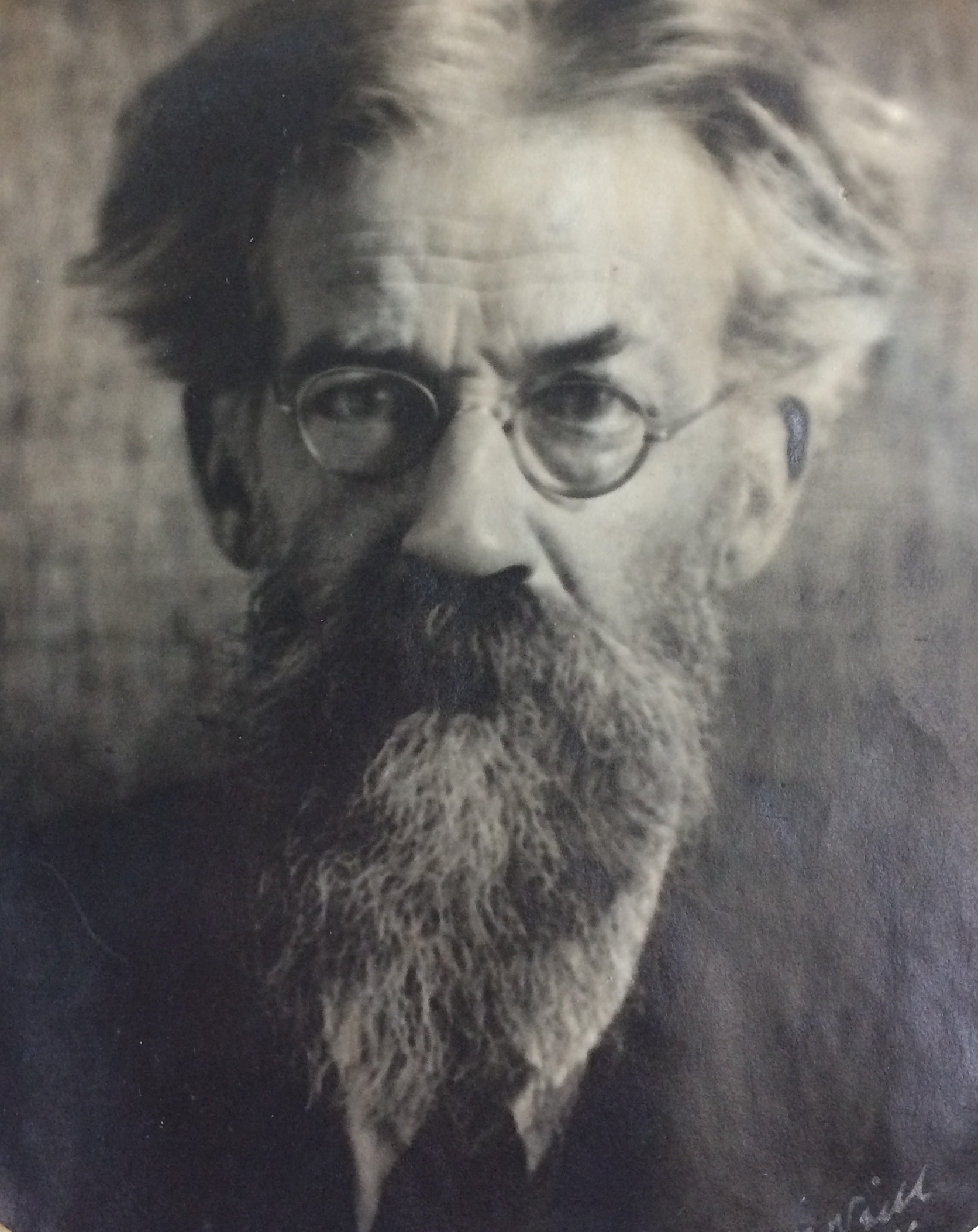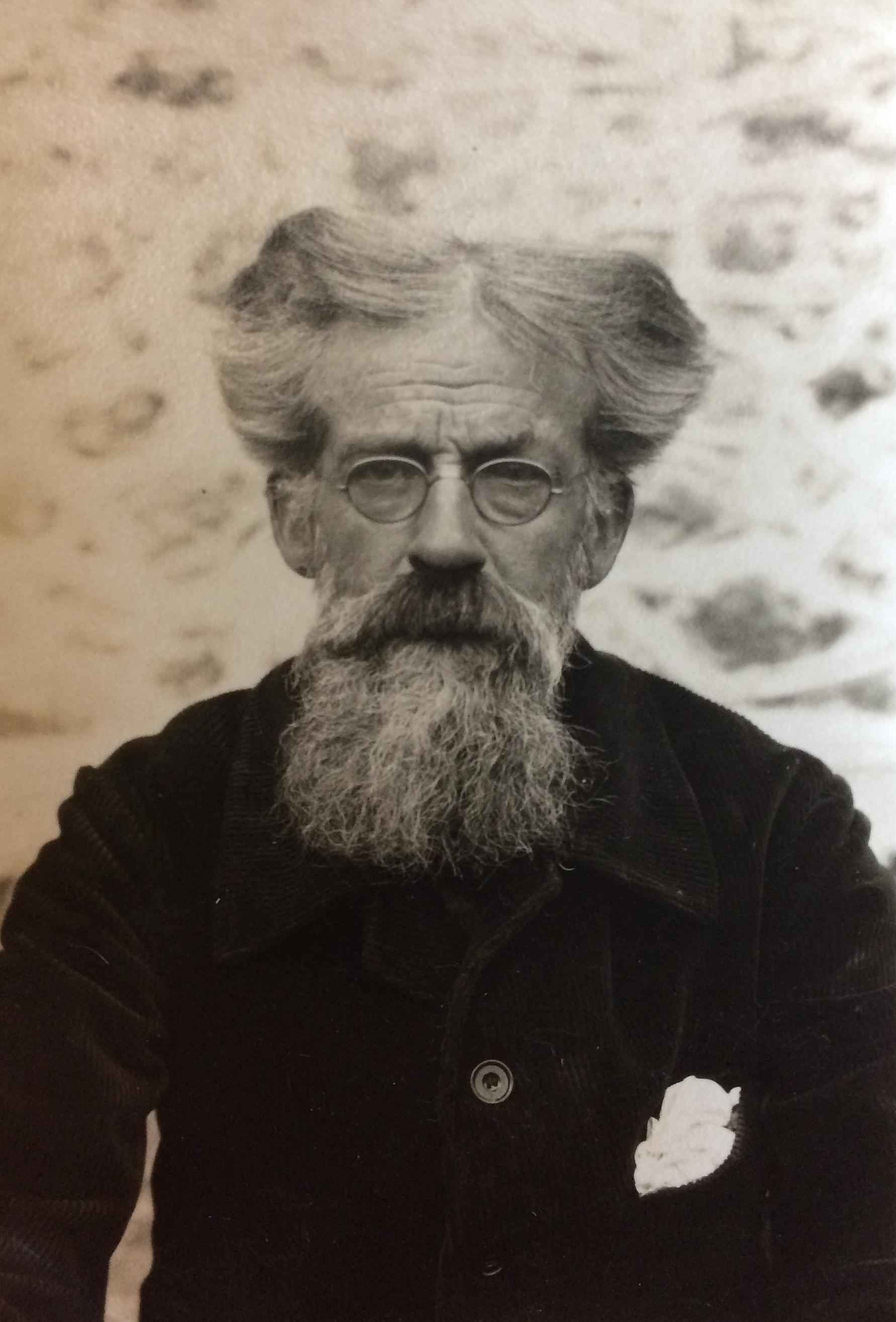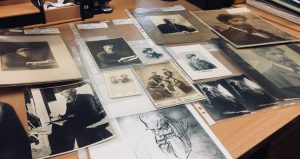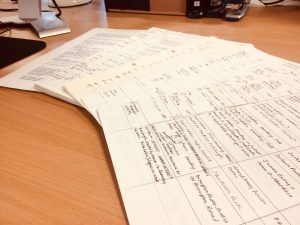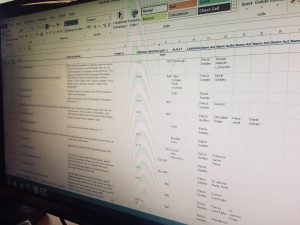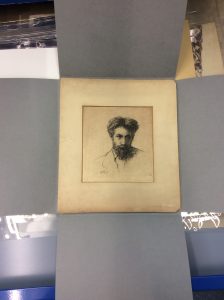This blog post comes from one of our project volunteers, Daisy Stafford. Daisy made a significant contribution to the project in her work data cleansing retro-converted catalogue descriptions. As Daisy points out, this can be one of the more mundane archival tasks that can take up our time but equally an essential means to an end. We were delighted to have Daisy on board and thanks to her great work we are ever closer to that end. Thank you Daisy!
As a postgraduate student, working towards an MSc in Book History and Material Culture, there is nothing as invaluable as hands-on practical experience within your field. My course introduced the range of professional roles that surround working with special collections, but last summer I decided it would be useful to gain further experience within one particular collection. Having volunteered within the Lothian Health Services Archive (LHSA), I was on the lookout for any other relevant archival opportunities. My time with the LHSA had also focused my interest on access issues surrounding collections, particularly how administrative and cataloguing tasks can increase the visibility and facilitate the use of a collection.

Daisy’s work contributed greatly to enhancing catalogue descriptions and consequently access to many beautiful collection items. One such item is this frieze panorama of Paris; ink, chalk and colour wash by Adrian Berrington. 1914. (Ref: Coll-1167/A1.56A)
I was subsequently introduced to the Patrick Geddes project, and working with Project Archivist Elaine, I committed a half-day a week to help with a data clean-up task. Using Optical Character Recognition, the data had been retro-converted from an historic printed catalogue into an Excel spreadsheet, with varying degrees of accuracy. The majority of the information was there, but the order was very jumbled and needed manually re-ordered, checked, and tidied to become comprehensible and fit for transfer to the online archive catalogues. Consulting the printed catalogue, and occasionally undertaking my own research, I methodically checked the details for each item, correcting where necessary. I then split the data into separate fields which complied with the International Standard for Archival Description (ISADg): including but not exclusive to; title; date; creator; format; dimensions; scope and content etc. This work would eventually enable the application of Encoded Archival Description (EAD), which would transform the completed spreadsheet into a fully searchable online catalogue. In total, I cleaned over 363 catalogue descriptions. The prospect of increasing the access to and eventual use of this exciting collection is what motivated me through the occasionally monotonous data cleaning.
This task developed my previously non-existent archival cataloguing skills, teaching me to interpret, analyse and sort data, identify OCR errors and apply corrections, and generally increase my experience with Excel. It was also a supremely satisfying task for someone as committed to organisation and imposing order as I am. Overall, the experience may have dispelled any romantic notions I had of archivists spending their whole days looking at beautiful collection items, but it impressed upon me the importance of cataloguing tasks in the management of special collections.
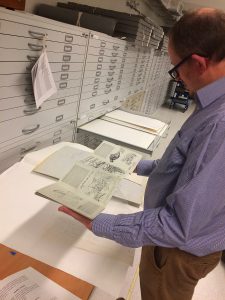
An archivist looks at a beautiful collection item. Grant Buttars (University Archivist) discovers the print mock-up for the Pepler Cities Exhibition, London. 1948. (Ref: Coll-1167/A.8.3)
Since the end of my volunteering on the project, I completed a work placement at the National Museum of Scotland, where I was responsible for enhancing the catalogue records of the museum’s rare books collection. Although a very different cataloguing system, the Patrick Geddes project introduced me to the key data fields and showed me the level of detail necessary for this kind of work. It is an experience that will only increase in relevance as I progress in my career working with special collections.

